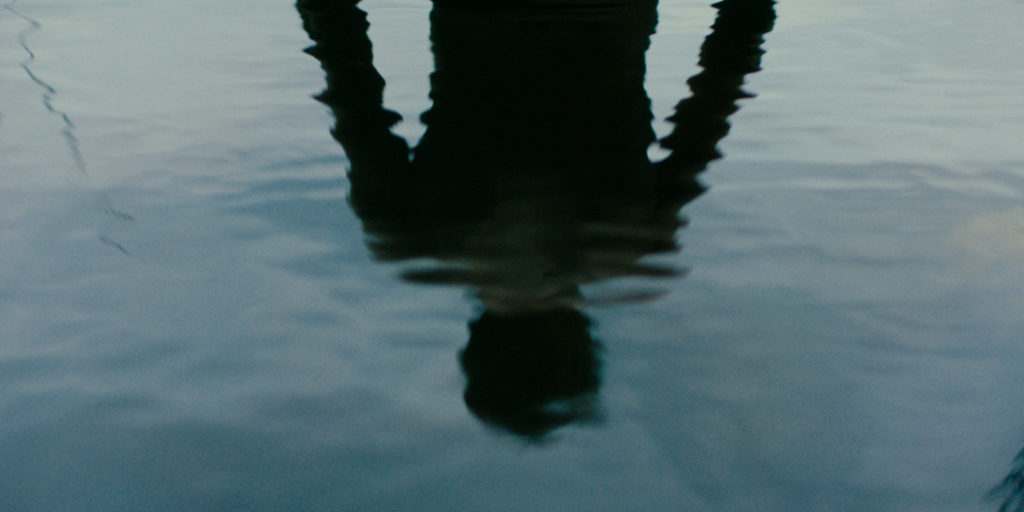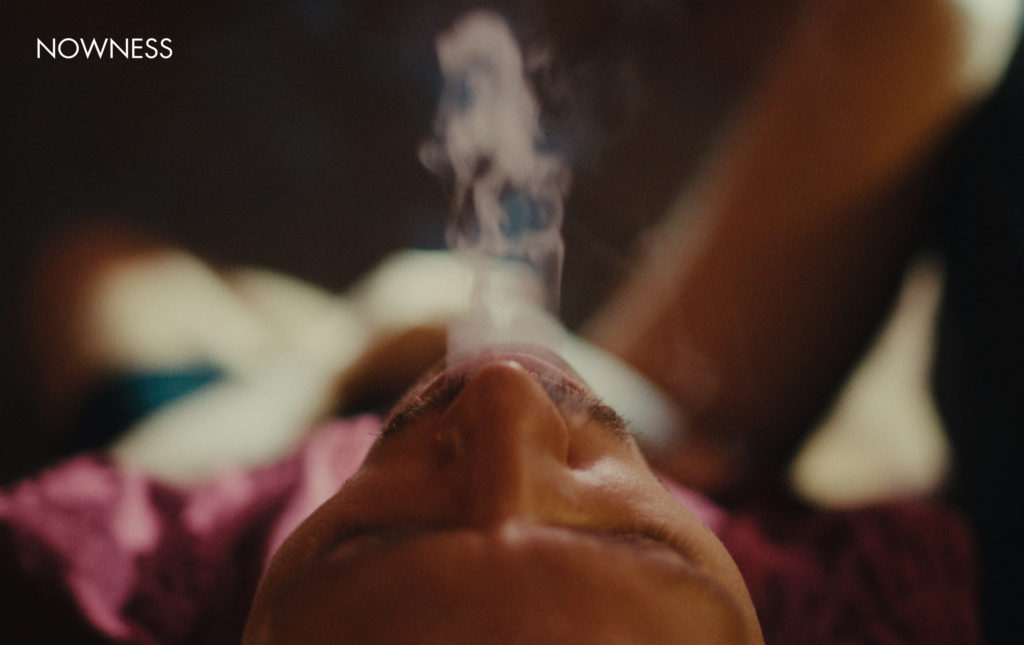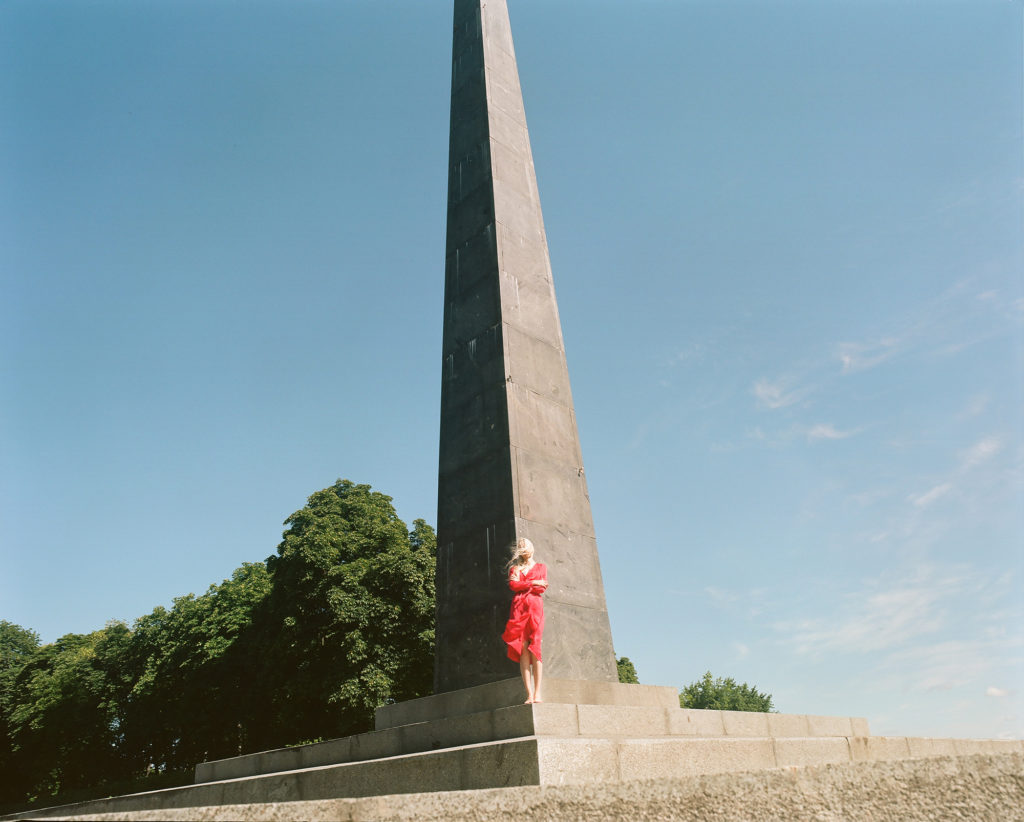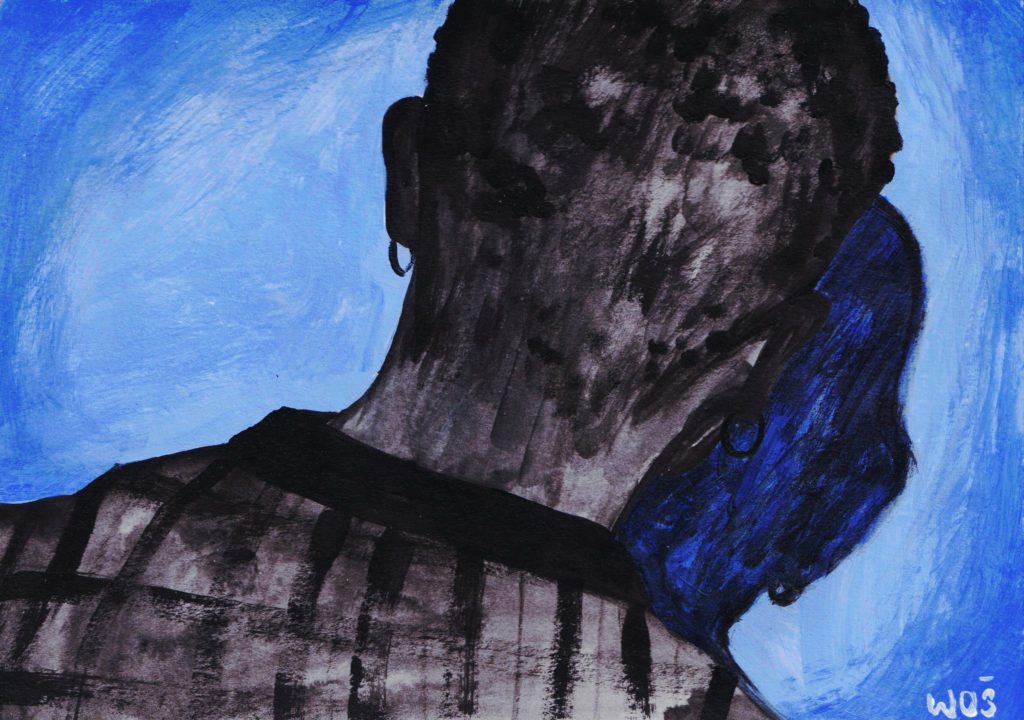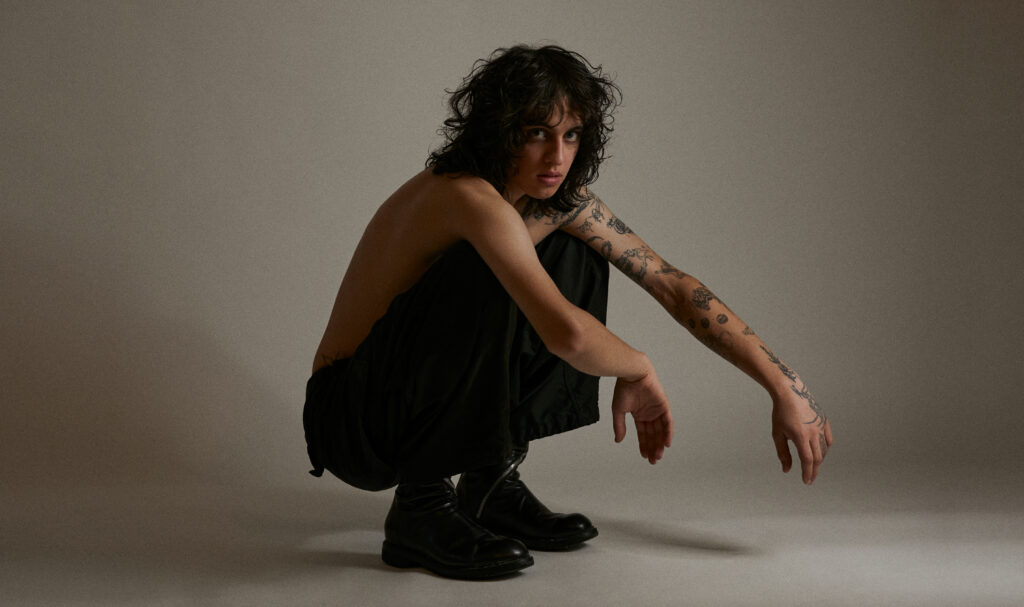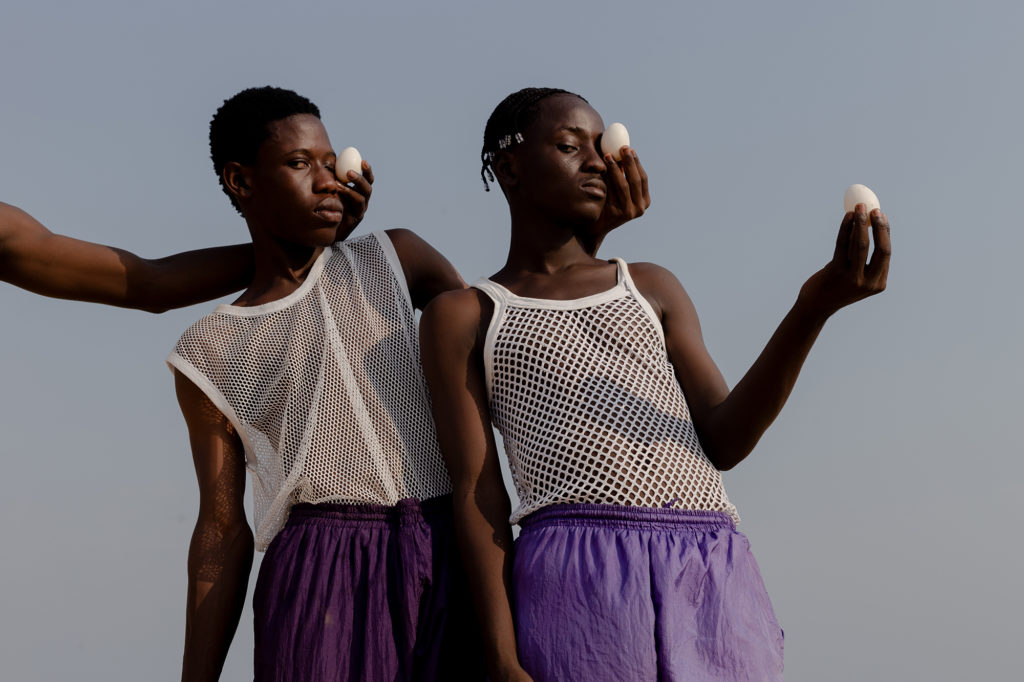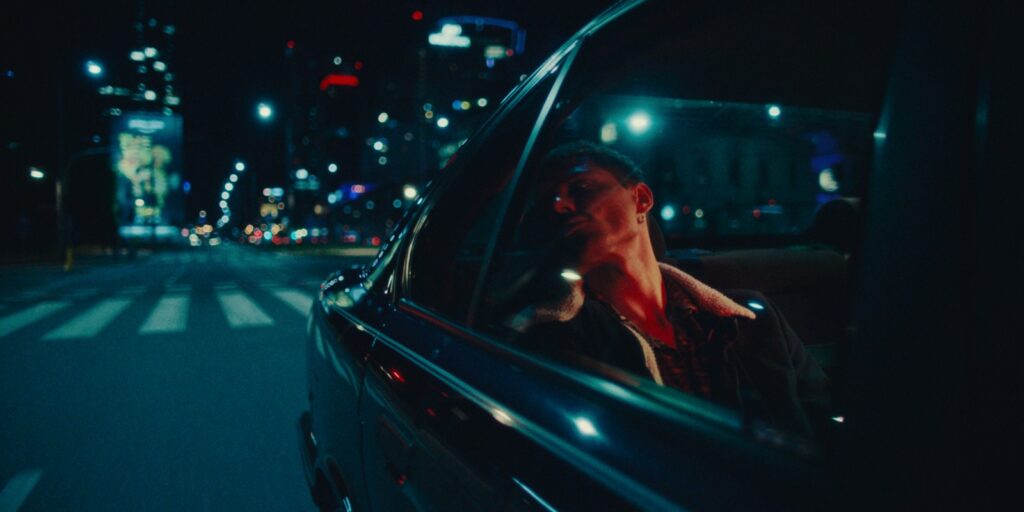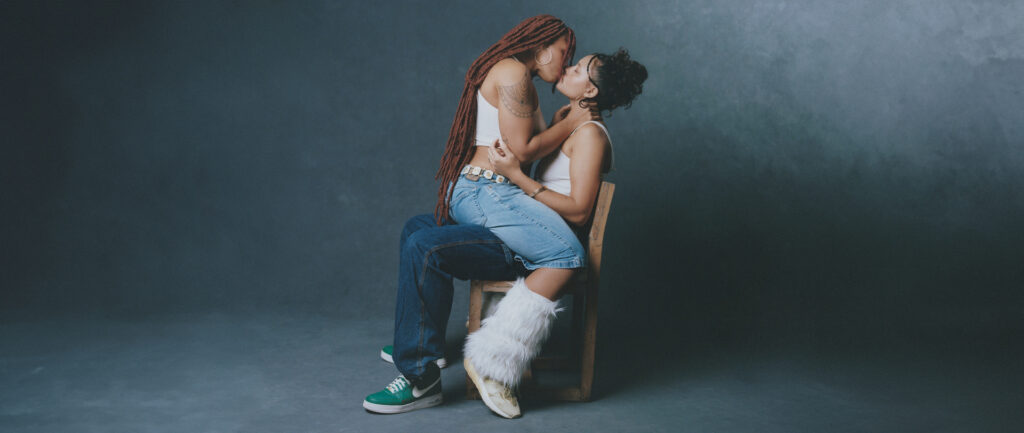Jan Baszak: Sculpting Spaces
Artist Jan Baszak
Words Javier Zamora-Kalazich
After a great reception of his last work “The Discomfort of Evening’ showcased as an exhibition and also as the stage design for the play under the same name presented in the Pantomime Theatre in Wroclaw, Poland, Jan Baszak sits down with Container Love to talk about his approach to arts as a sculptor and a designer. The inspiration behind his creations and the ways of crafting space that has taken his work to be exhibited across Poland and Europe. Using unique material combinations -such as black socks- to develop his pieces, the queer artist also shares his vision upon the current state of LGBTQIA+ rights in Poland and the political scenario.

How would you describe your work?
I am interested in manipulating space so I create sculptures and installations. From an early age I was drawn to constructing models of idealized cities and crafting cozy hideaways out of blankets and chairs. These days I am fascinated by the dynamics between people and their surroundings, like the choreography in a particular room, or how the smallest object can either enhance or disrupt the space that has been created.
Do you remember what was your first experience sculpting?
I was 16 years old and I had to prepare my application to art high school. I was very afraid of the sculpting module so I postponed it as much as I could. I ended up using clay -not knowing back then that sculpture could be made from materials other than clay, wood, or stone- and I was very appalled by the results. I don’t like -till today- the consistency of clay and how it feels in my hands.
How did your technique evolve then to end up using materials such as black socks in your project ‘Rat, Rabbit, Dog, Human, Horse, Dog’?
With the years I became more interested in art, so I researched and read a lot to discover the numerous meanings behind sculpture. I began experimenting with new materials, such as wires and epoxide and realized that I wanted to devote myself to this art form. I have also experimented with atypical material such as human nails powder or hair for some projects.
Most recently, I’ve been creating sculptures using old fabrics -particularly the black socks. I’m fascinated by the unique qualities of this material, and how it can be layered and manipulated to create complex forms. I used this technique in my latest pieces created for the theater play “The Discomfort of Evening” directed by Malgorzata Wdowik, and also for my sculpture installation called “Rat, Rabbit, Dog, Human, Horse, Room” that was presented last year in the Zacheta National Gallery in Warsaw.

As a queer artist growing up in Poland, did your identity ever play a role in your life decisions or art creations?
The queer factor is probably not a primary focus of my artistic creations but I do question in my pieces the sense of comfort, so it’s definitely somewhere there. Quite contrary to my life decisions where I tend to prioritize my personal sense of comfort, not only in terms of physicality but also feeling safe and secure on multiple levels. I have been seeking this sense of security since I realized I didn’t fit in my place of birth. So perhaps this is why I am so drawn to space creation, as I have a deep-rooted need for a safe and accepting space where there is no need to prove or to pretend.
What is your creative process like behind your pieces?
I would say that my artistic process is deeply connected to my personal thoughts and ideas. My process starts with a clear concept, then I begin sketching different forms and shapes that could best convey my message. I explore materials I want to use to then move on to creating a final plan including precise measurements and a list of things I’ll need. When I want to experiment with a new technique, I have to make several attempts to see how it works and determine if it’s the right choice for the project.
How has this personal connection translated into physical creations changed over your career?
Few years ago I worked on projects exploring my relationship with space and how they make me feel. There were also projects coming from moments where I wanted to hide, or specific periods in my life where animals were particularly meaningful to me. Recently I am more focused on expressing my personal feelings, thoughts and interests, so for example interior and furniture design has taken more relevance lately. As an artist, my primary goal is to understand and communicate what I can’t express t
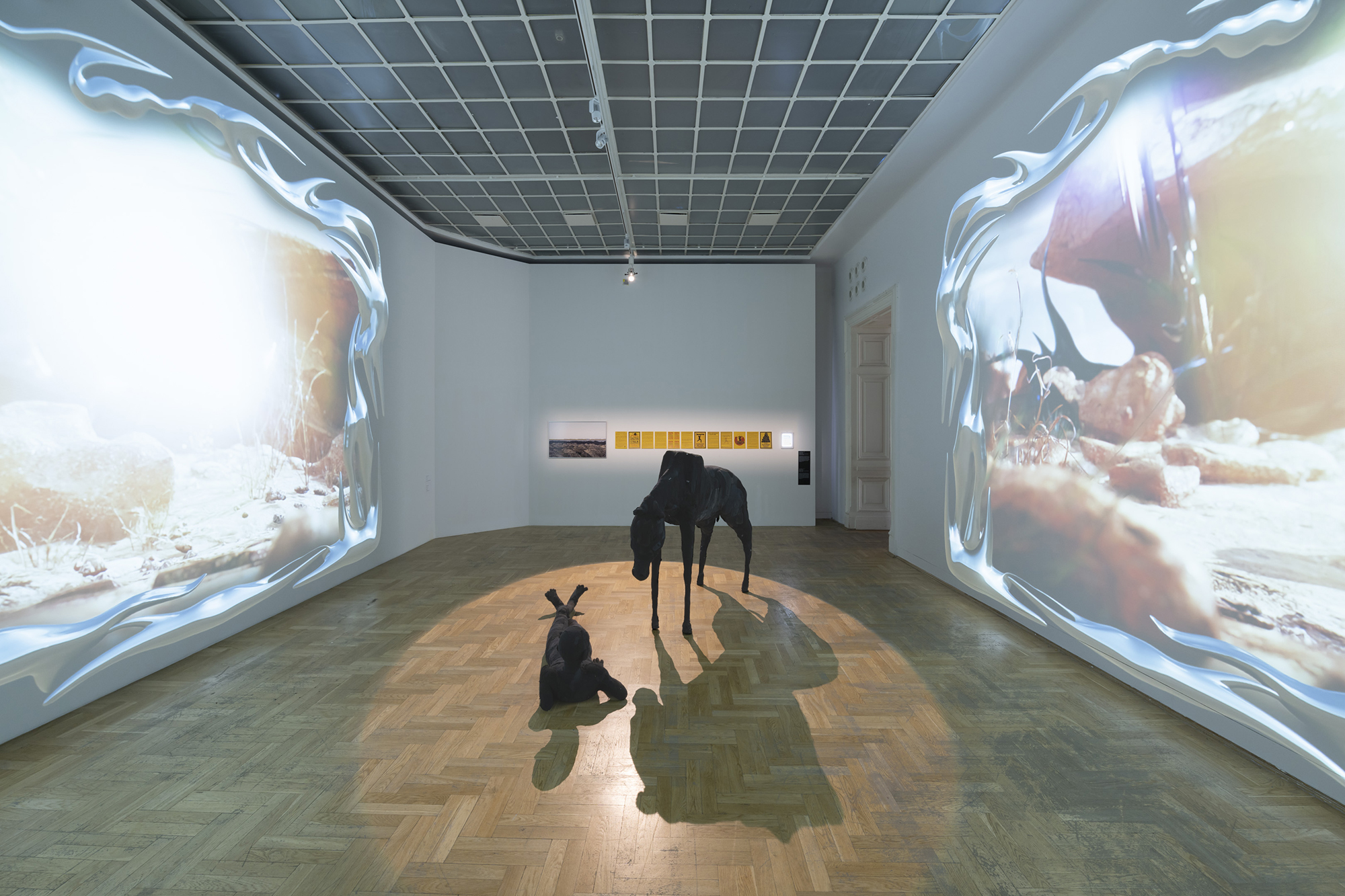
Horse and Human at the exhibition Discomfort of Evening curated by Magdalena Komornicka in Zachetna National Gallery in Warsaw
On a different topic, how do you see the situation for queer people in Poland these days?
Poland is definitely not the worst place for queer people in the world but I would not say that it is easy to live there as a queer person. Although progress has been made, there is still much work to be done regarding human rights issues. I find hope in the brave and beautiful people who fight for their rights and visibility. However, it’s demoralizing that actions such as “LGBT-free zones” and the near-total abortion ban have recently taken place. The government, supported by the church, is openly against LGBTQIA+ community, people of color, and feminists, resulting in racism, homophobia, and transphobia on a daily basis.
And related specifically to the arts world, how has freedom of expression been affected by these measurements?
It is hard to relate as I am based in Berlin and not there but I would say there is freedom in creating arts of all kinds. The question is if they will be able to present in the cultural institutions. As the government has taken control of them and replaced the heads of galleries, theaters, and museums with people who are aligned with the ruling party and willing to promote their propaganda. Unfortunately, this has resulted in the banning of topics such as colonialism, feminism, gender, queer issues, and climate change as they criticize the current political vision.
There are a lot of artists doing queer arts or working with more politically related topics but are relegated now only to private galleries. On one hand is positive as they are raising and coming up combined with the power of social media that has its effects and increases their audiences, but on the other hand it stays aways from the institutionalized arts due to political reasons and that has never been good.
Do you think things will improve in terms of LGBTQIA+ rights and freedom in the near future?
Even though things are tough, I remain hopeful that change is possible, especially as we approach the upcoming elections. This change can only be achieved through the bravery and determination of individuals who are willing to fight for human rights and want to make Poland the place for everyone. I’m really hoping that someday it will be like that.
This interview with Jan Baszak is part of our special The Hidden Dimension, celebrating queer identities in all their beauty. Check out the cinematic portrait of Warsaw-based photographer and visual artist Leo Maki on Nowness.



The Discomfort of Evening directed by Magdalena Wdowik in Pantomime Theater in Wroclaw
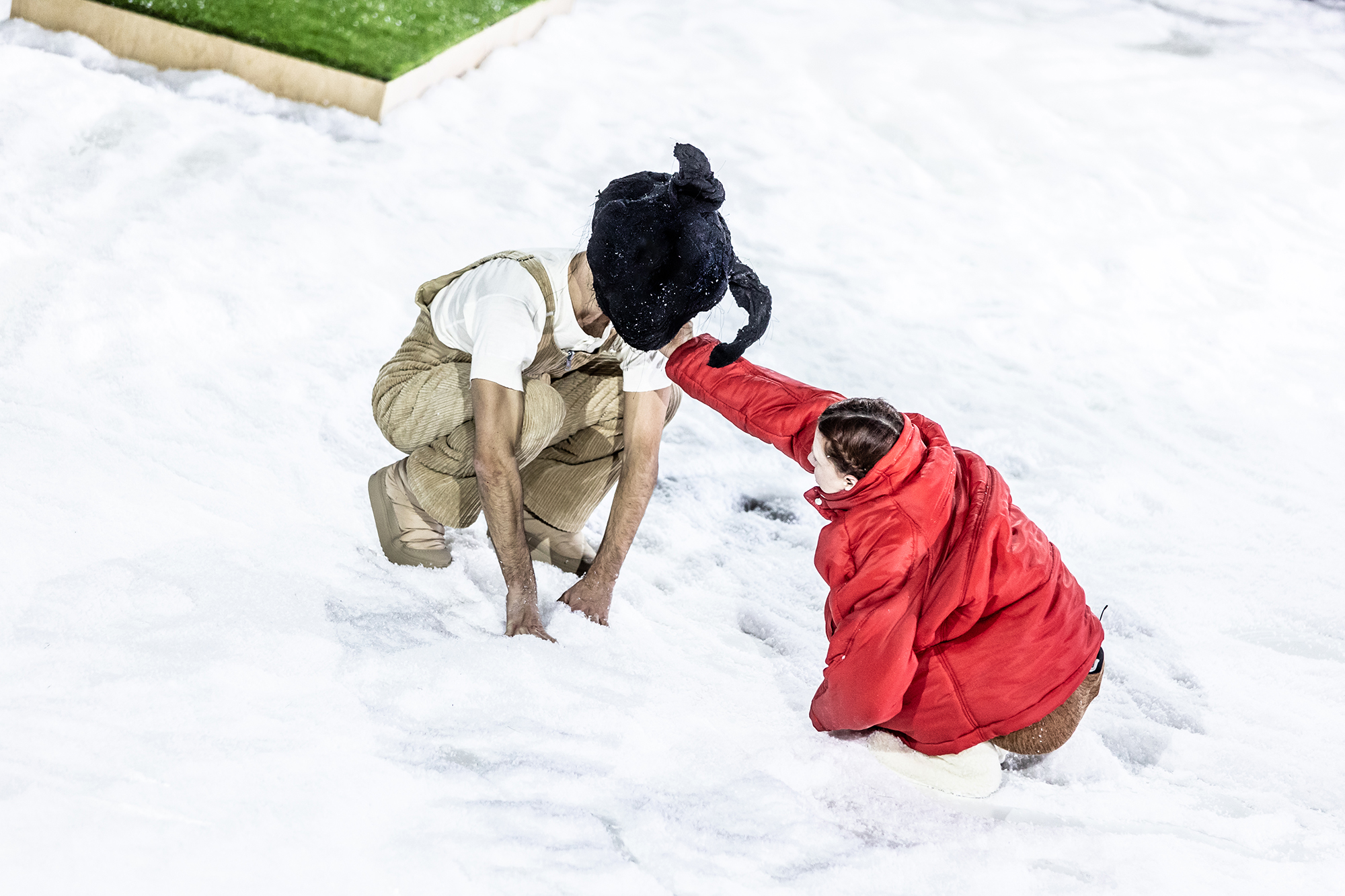
The Discomfort of Evening directed by Magdalena Wdowik in Pantomime Theater in Wroclaw
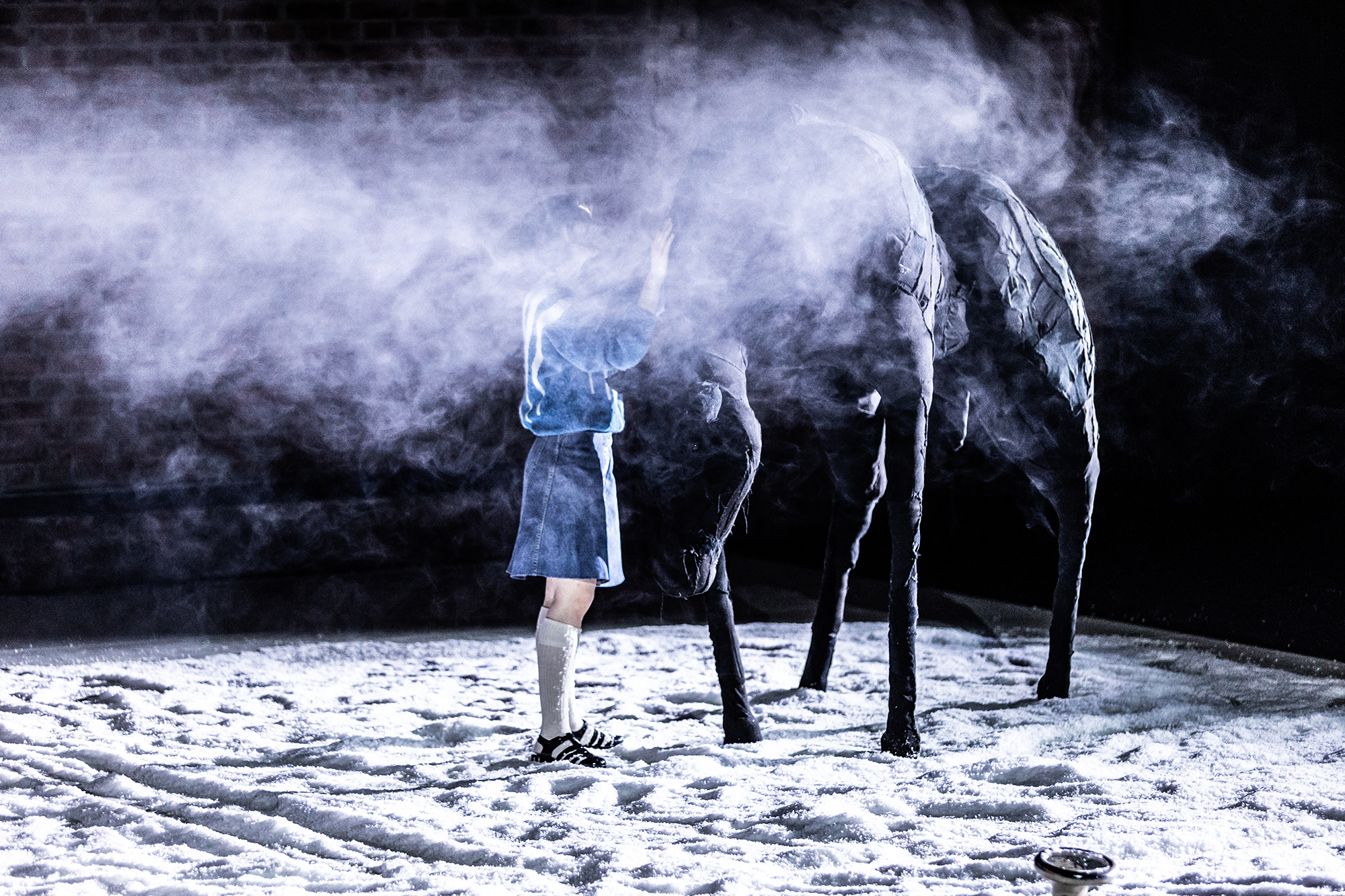
The Discomfort of Evening directed by Magdalena Wdowik in Pantomime Theater in Wroclaw

1.90 m curated by Jagna Domzalska in Center for Contemporary Art Ujazdowski Castle in Warsaw

1.90 m curated by Jagna Domzalska in Center for Contemporary Art Ujazdowski Castle in Warsaw

1.90 m curated by Jagna Domzalska in Center for Contemporary Art Ujazdowski Castle in Warsaw
